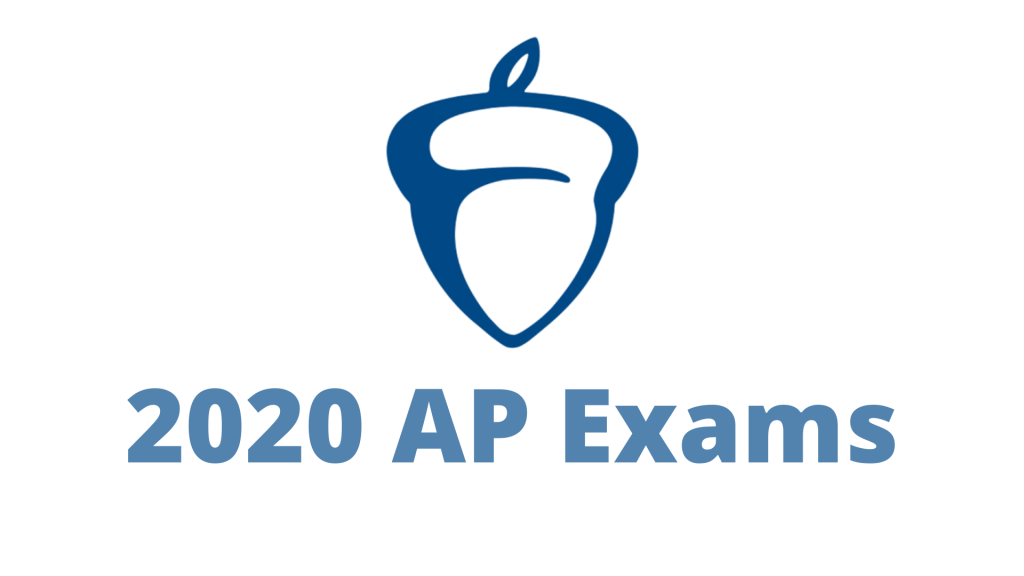While we were still in school, I was preparing myself to sit in Ridgewood High School’s Learning Commons and Campus Center to take multiple three hour tests. That, like many other things right now, did not happen. Instead, my AP tests were condensed into 45 minute exams that I took sitting at home in my pajamas.
When both the March and June SAT dates were cancelled, I expected AP tests to be cancelled as well. Turns out that the College Board conducted a survey and 91% of AP students still wanted a test. But the “AP students” that were asked were only 18,000 of the almost 3 million total enrolled in AP programs. That’s less than 1%. You would hope to be asked when you pay $93 for a single exam.
Given the sudden nature of the pandemic, and that online AP tests had never been administered, no one was expecting things to be perfect. But there were still glaring issues that could have been fixed.
The new 45 minute AP Exams were skeletons of the traditional tests. For example, the AP US History Exam used to consist of 55 multiple choice, three short answers, a document-based question (DBQ), and a long essay. That was boiled down into a single DBQ. But even with the dramatic changes, some students had positive test taking experiences.
Patrick De Meulder, a junior taking the AP Physics I Exam, says the test went “better than expected” but wishes there had been more practice material available. Julienne Maluenda, also a junior taking the AP Computer Science Principles exam thought the test was “less memorization” and she “just had to remember to include certain aspects to get full credit.” The College Board did provide live review sessions and reduced the content that students could potentially be tested on.
While most Ridgewood students faced relatively little issues, the College Board failed to address the needs of students in various situations. International students, who pay $30 extra for a test, make up a fairly sizable group of AP test takers. For many of them, their testing experience was much worse than mine. While I took my AP Government Exam at 4:00 pm, students in Britain took it at 9:00 pm, India at 1:30 am, and China at 4:00 am. The College Board could have provided international students with flexible testing schedules instead of fixed times, but instead they had to take a test that could potentially give them college credit, in the middle of the night.
Perhaps most alarming is the complete disregard for students without stable internet access. Here in Ridgewood, high-speed internet is pretty standard, but many rural communities lack access to even broadband internet. The coronavirus has exposed the digital divide among many American schools, and AP tests are just another example of that divide. Having a stable internet connection is crucial when taking a test that is entirely online.
Even with fast WiFi, students still ran into problems with submitting their tests. Along with general technical glitches, incompatibility with photo file format was an issue that many ran into when uploading pictures of their work. After a week of testing and thousands of students unable to click the submit button, the College Board decided to allow students to email their responses. But this change only applied for the second week of testing, requiring first week test takers to retake their exams. This seems a bit unfair, but fairness is a rarity in the College Board’s history. Their Twitter bio claims they are “a non-profit clearing a path for all students to own their future,” but that’s hard to believe when they’ve actually blocked the path for many students.
Allison Hong
arts & culture editor
Graphic: Luca Richman

